Reconciliation Village – the Unity experiment in Rwanda
During my visit to Rwanda, we went to a ‘Reconciliation’ village in Bugesera, Rwanda. The village is a social experiment – a part of the ‘Unity & Reconciliation’ efforts to unite the citizens and move ahead towards progress of the nation as whole. This is is one of the initiatives by the Rwandan government post the horrific genocide of 1994. In this initiative, survivors of the genocide live side by side with the repentant ex-‘perpetrators’ of the genocide.
In the Reconciliation village of Bugesera, we heard about the ‘forgiveness’ process from both the ex-perpetrator and the Survivor. The entire experience was very moving, to say the least. I admit, this was a little ‘difficult’ experience for me. Difficult because it reminded me of the horrific and very recent history of Rwanda. Difficult because it was hard to believe that forgiveness for horrific crimes is actually possible in reality.
Background of the Reconciliation Village initiative
After the genocide by the Hutus against the Tutsis in the 90s, the country had to face the daunting task of rebuilding and reuniting the country. One essential requirement was the need to repair the divisions between Hutus and Tutsis, the oppressors and the victims. Failing this, the deep divisions would mean that a vengeful repeat of the genocide was entirely possible in the future. It was essential for the country to move towards progress. At the same time, it was important not to forget the horrors of the genocide. Why it happened in the first place? And how can we learn from it to prevent such horrors in the future?
One way the government went about repairing the communal divisions was through the Justice and ‘Reconciliation’ process. The Justice part was speedily and effectively achieved through the unique system of ‘Gacaca’. Gacaca drew upon the traditional systems of community justice to clear the massive backlog of cases for speedy justice. The ‘Unity and Reconciliation’ part was more difficult. When you have lost your close family and friends in the genocide, how would it possible for you to forget the horrors and forgive the perpetrators – your fellow citizens?
One part of the ‘reconciliation’ process was the programme of ‘Reconciliation villages’. This involved the re-settlement of the ex- ‘perpetrators’ in villages of survivors i.e. the families of the victims of the genocide. The resettled perpetrators were the Hutus, who were convicted of crimes in the genocide. Only those who had demonstrated genuine remorse for their actions were resettled.
The Reconciliation village experience
We were a part of the Rwanda Tourism sponsored FAM (Familiarisation) trip for Travel Advisors from across the world. One of the programmes was a visit to a ‘Reconciliation’ village in Bugesera, a short distance from Kigali. Here, we had the opportunity to hear for ourselves about how this ‘reconciliation’ process actually worked. One of the survivors, whose entire family was killed in the genocide, gave a moving speech. She spoke about the horrors of the genocide and her experience with the ‘reconciliation’ process. Then, one of the resettled ‘perpetrators’ gave a speech of remorse recounting his actions and his repentance.
Listen to the words of the ‘perpetrator’ and the ‘Survivor’ in the video below. Slightly long – but worth listening through if you have to understand the process of reconciliation.
Hard not to be genuinely moved by these words. I still wonder on how ‘forgiveness’ was possible at all. But then the success of this initiative and the tremendous progress made by Rwanda in such a short time is proof. Proof that forgiveness is possible and essential for progress of all Rwandans.
The Ubusabane – Get Together Celebrations
Post the moving speeches, we participated in the traditional get-together “Ubusabane”. Check out some clips from these beautiful performances by the local villagers.
Overall, I still find this experience a little ‘disturbing’ as well as ‘moving’. I find it hard to believe that such horrors can be forgiven at all! We left the village with a sense of ‘hope’ in the ability of humans to forgive and move on towards progress of the entire community.
Read more about reconciliation villages in the descriptive nicely written articles:
https://apnews.com/719ac8f0c4da4d2b80976057d869562a

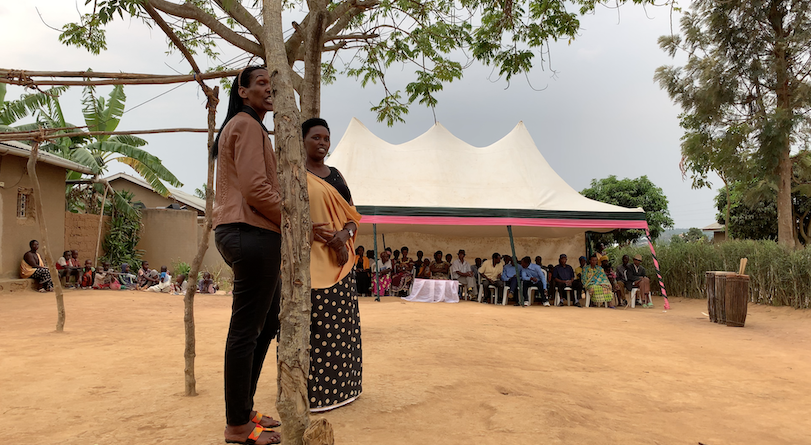
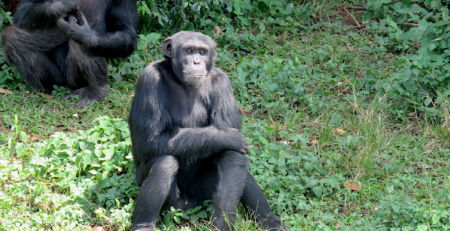


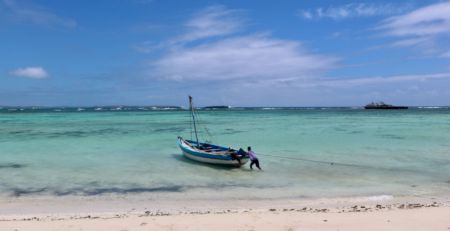
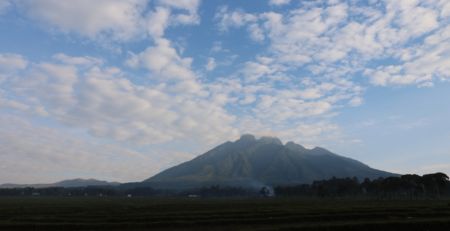

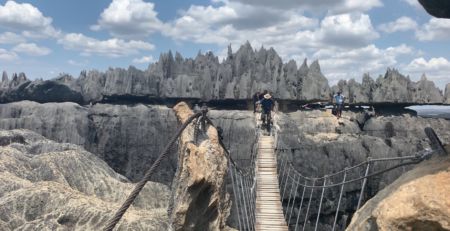


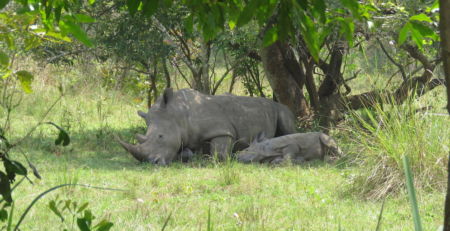
Leave a Reply